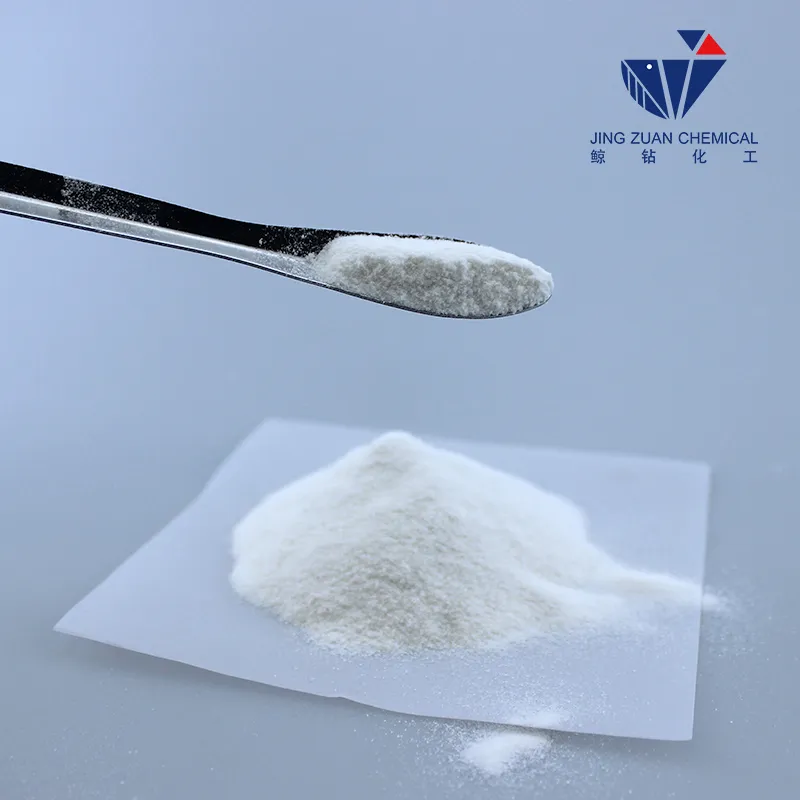
јул . 25, 2024 04:31 Back to list
Exploring the Benefits and Applications of Redispersible Polymer Powder in Modern Construction Materials
Understanding Redispersible Polymer Powders Applications and Benefits
Redispersible polymer powders (RDPs) are a class of materials that have gained significant attention in the construction and building industry due to their unique properties and versatility. These fine, free-flowing powders are produced by the spray-drying of aqueous polymer dispersions and have the ability to rehydrate and redisperse when mixed with water. This article explores the composition, applications, and advantages of redispersible polymer powders, highlighting their pivotal role in modern construction materials.
Composition and Characteristics
RDPs are typically based on various types of polymers, including vinyl acetate, ethylene vinyl acetate, and styrene-butadiene. The selection of polymer type influences the final properties of the product, such as flexibility, adhesion, water resistance, and mechanical strength. The primary characteristic that distinguishes RDPs is their ability to create a network upon rehydration, allowing them to serve as effective binders in a variety of applications.
When redispersed in water, these powders form a stable dispersion, which integrates seamlessly into formulations like adhesives, mortars, and renders. The resulting mixture enhances significant physical properties like workability, adhesion strength, and durability, making them favorable for construction projects.
Key Applications
RDPs find numerous applications across the construction sector
. One of the most common uses is in tile adhesives, where the addition of redispersible polymer powder improves bonding strength and flexibility. This is particularly important for applications involving different substrates or areas exposed to temperature fluctuations and movement.Another application is in self-leveling screeds, where RDPs enhance flow properties, enabling even spreading and reducing the labor intensity of application. Their inclusion helps to improve the mechanical strength of the screed while also providing resistance to cracking and shrinkage.
redispersible polymer powder

RDPs are also widely utilized in decorative plasters and texture coatings. They improve adhesion to various substrates, facilitate better workability, and contribute to water resistance. As a result, buildings can maintain their aesthetic appeal and structural integrity for longer periods, even in adverse environmental conditions.
Benefits of Using Redispersible Polymer Powders
The advantages of incorporating RDPs into construction materials are manifold. First and foremost, they significantly enhance the mechanical properties of the final product. Improved adhesion and flexibility are crucial, especially in areas that experience thermal expansion and contraction.
Moreover, RDPs contribute to improved water resistance, a critical factor for exterior applications where exposure to rain and moisture can lead to material degradation. Their ability to maintain performance under wet conditions ensures that buildings remain safe and durable over time.
Additionally, the use of RDPs can lead to reduced application and curing times, resulting in more efficient project timelines. The workability of mixtures containing redispersible powders allows for easier application, which can translate to lower labor costs and faster project completion.
Lastly, RDPs can be formulated to meet specific environmental regulations, allowing construction companies to produce eco-friendly materials without sacrificing performance. This is an essential consideration in today’s sustainability-focused market.
Conclusion
In summary, redispersible polymer powders play a crucial role in the modern construction industry. Their unique ability to enhance adhesion, flexibility, and water resistance makes them an essential ingredient in various construction applications, from tile adhesives to decorative plasters. As the demand for high-performance building materials continues to grow, RDPs stand out as a versatile and effective solution, contributing to the longevity and durability of structures. Understanding and harnessing the potential of redispersible polymer powders is key for professionals aiming to advance efficiency and quality in their projects.
-
Unlocking the Benefits of HPMC Products: A Gateway to Versatile Applications
NewsAug.07,2025
-
Unleashing the Potential of HPMC Ashland: A Comprehensive Look
NewsAug.07,2025
-
Tile Bonding Cellulose: The Key to Superior Adhesion and Durability
NewsAug.07,2025
-
Hydroxypropyl Methylcellulose Powder: The Versatile Component in Modern Pharmaceuticals
NewsAug.07,2025
-
Hydroxyethyl Cellulose: The Versatile Solution for Various Industries
NewsAug.07,2025
-
Hydroxyethyl Cellulose (HEC): The Versatile Polymer for Various Applications
NewsAug.07,2025







